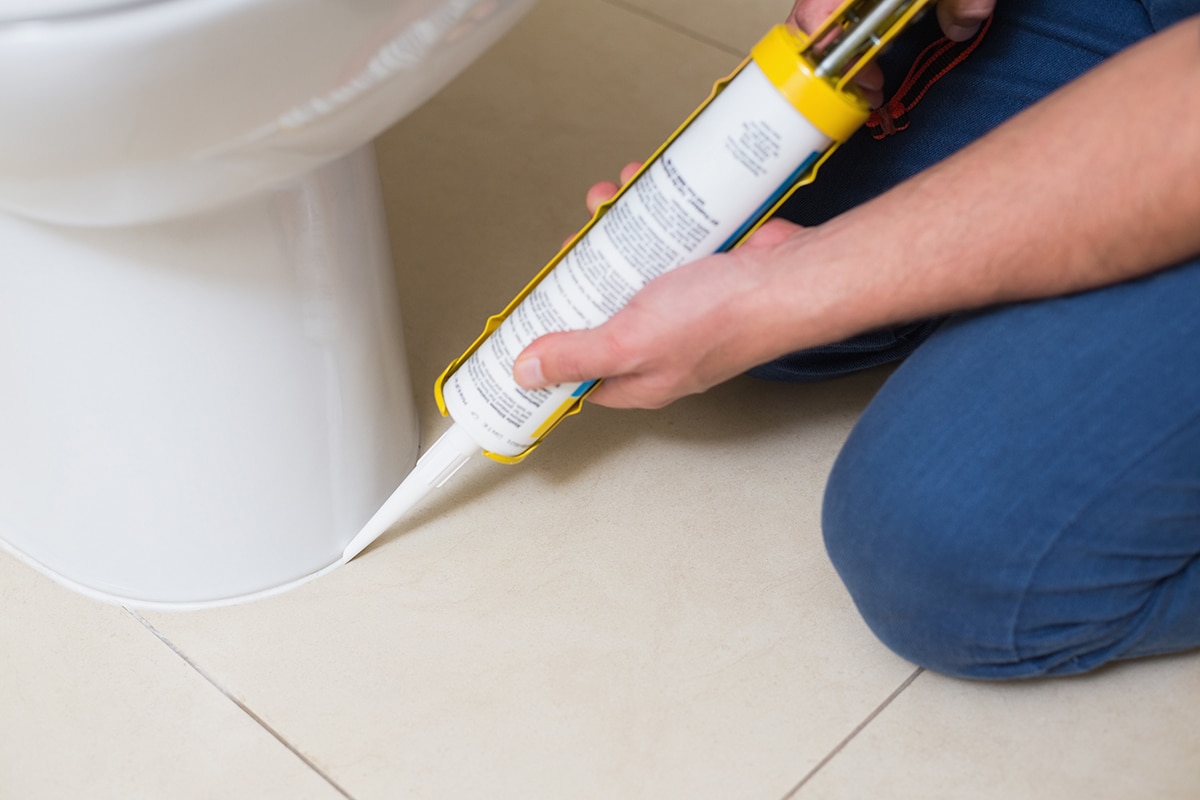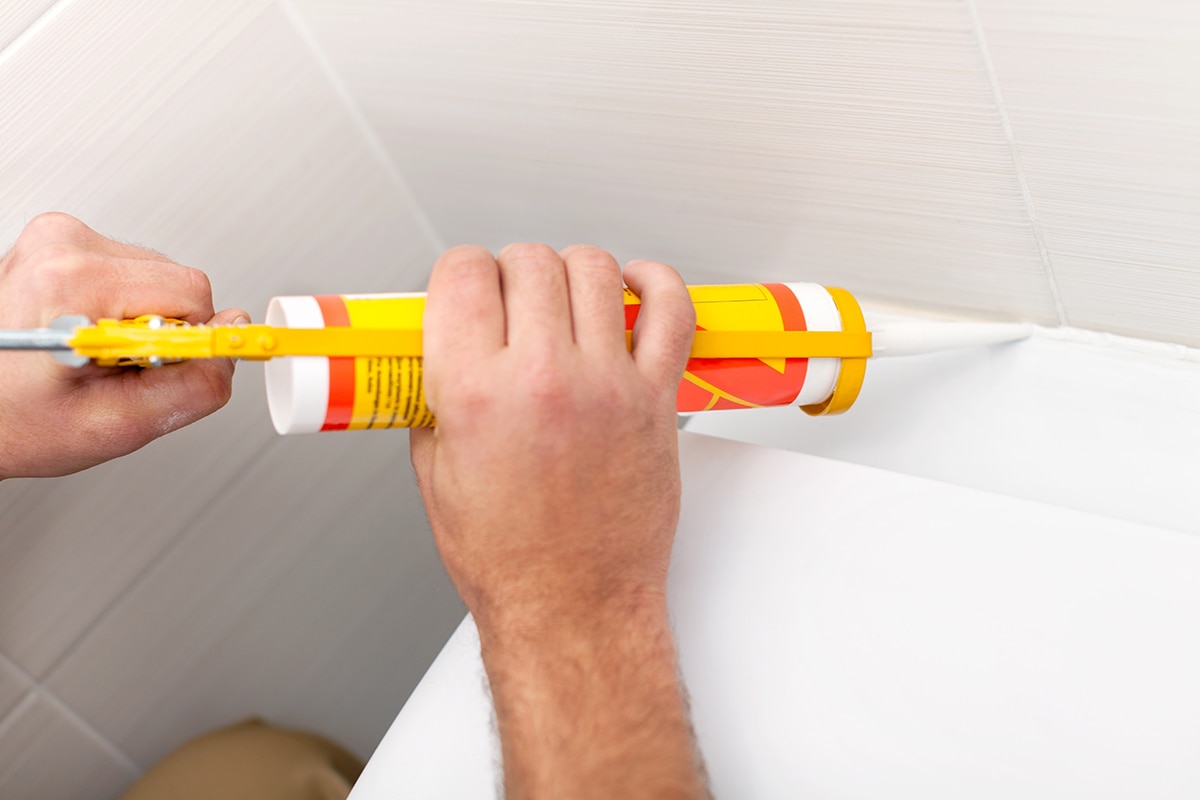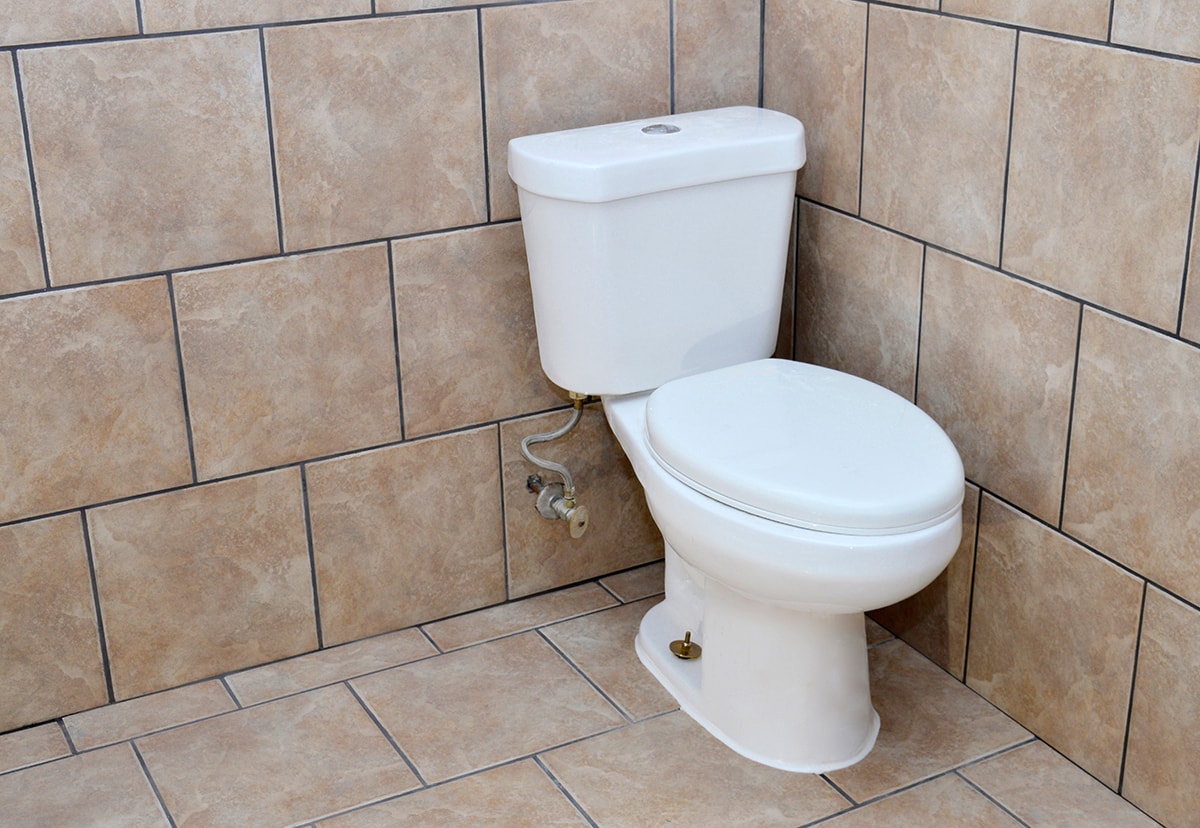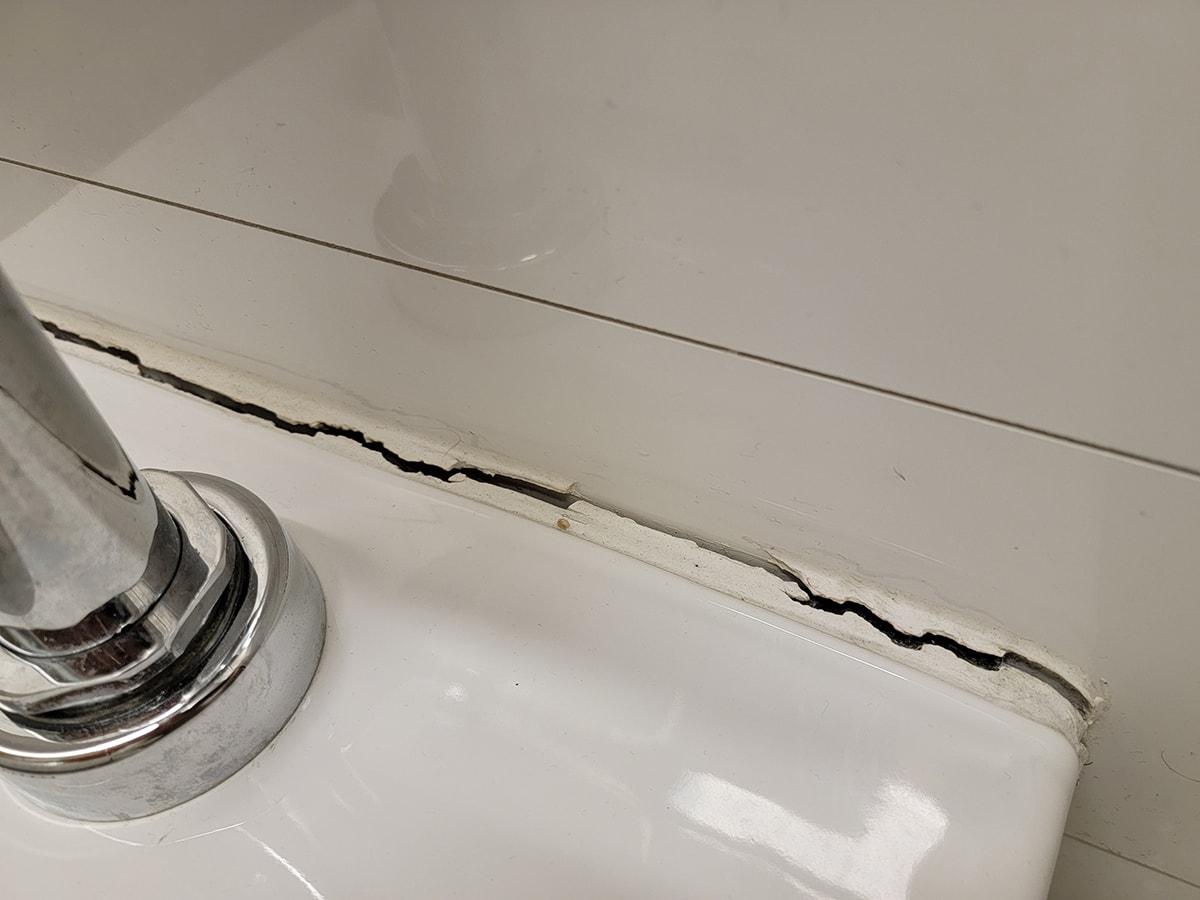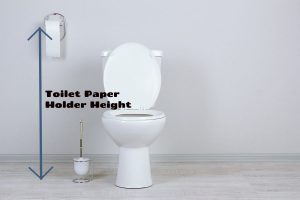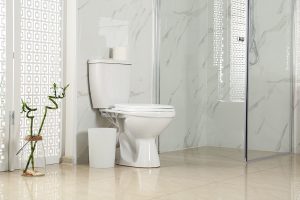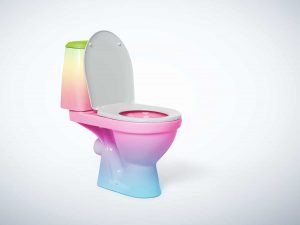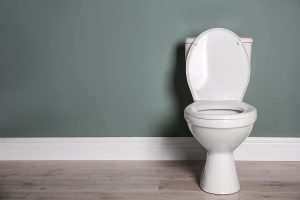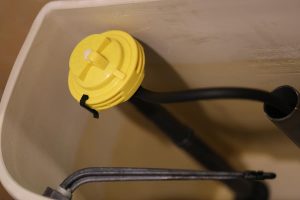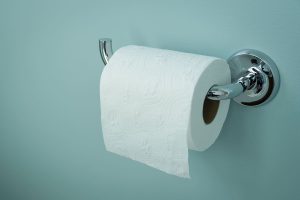The question of whether or not a toilet should be caulked around the base where it meets the floor is a question that many DIY enthusiasts ponder. Even amongst professional plumbers and bathroom installers, there is much debate about whether a toilet base should be caulked.
In many US states, building code requires that toilets be caulked at floor level, however, the debate continues as to whether it’s really a good idea to caulk the toilet. There are arguments for both sides, but those in favor of caulking the toilet carry more weight, so most professionals agree that toilets should be caulked.
Here we investigate the arguments on both sides to help you gain a better understanding of why a toilet should be caulked.
Arguments For Caulking Around a Toilet
There are a variety of reasons why a toilet should be caulked, and these cover both aesthetic and practical issues.
Avoid seeping water
Caulking around the base of a toilet seals the small space between the toilet and the floor, which prevents any water from getting into the cavity beneath the toilet. Any splashes of water from the shower or bathtub that end up on the floor could potentially seep between the gap where a toilet is not caulked, and once moisture gets trapped beneath the toilet, it can become a breeding ground for mold and mildew.
Mold and mildew anywhere in the home is a serious concern because it can have negative effects on our health, but it is a particularly troublesome issue when it is trapped in a hard-to-reach area because it becomes much more difficult to detect and remove. Trapped moisture beneath the toilet can also result in a bad odor in the bathroom.
Improve stability
Caulking around the base of a toilet can provide a layer of cushioning that helps to stabilize the toilet itself. This resolves any issues of slightly unbalanced toilets on uneven floors and helps to keep the toilet securely in place so it feels sturdy and solid when you sit on it. Caulk can fill any gaps that are created between the base of a toilet and a floor that isn’t perfectly level.
Meet building codes
In the majority of states in the US, building codes require toilets to be caulked. If you don’t meet the building codes, you could be subjected to a fine, so it’s always best to check your local regulations before embarking on any project that makes significant changes to your home.
While many people aren’t worried about building code fines on interior projects because the chances of actually being caught are quite low, the fact that building codes require a toilet to be caulked should tell you that this is quite an important step in installing a toilet.
Trap odors
Any odors that are lurking around the pipes beneath your toilet can be trapped by caulk because it acts as a sealant between the floor and the base of the toilet. This can help to make sure that your bathroom always smells fresh and clean, making for a much more pleasant experience in the bathroom.
Neat look
Caulking a toilet makes for a more finished look, creating a clean white line around the base of the toilet and giving it a neat edge. This improves the overall look of the bathroom, which is important to many homeowners.
As standard, shower trays, pedestal sinks, and bathtubs all get caulked around the base, so it makes sense that toilets should also be caulked to match. If the toilet does not get caulked visibly you will instead get a dark line between the toilet and the floor, which won’t look nearly as good.
Easy cleaning
If you don’t caulk around the base of the toilet then you will have a small gap between the floor and the toilet base. It’s easy for dirt and grime to get trapped in this gap, along with dust and hair, and this can be tricky to clean compared with a caulked seal which is easy to simply spray and wipe.
Cleaning around a toilet that has not been caulked will require more elbow grease because you’ll need to use a tool such as an old toothbrush to scrub in the small gap where dirt is gathering. By caulking around a toilet, you can prevent dirt and grime from accumulating around the toilet base, and any dirt that does stick to the caulk can easily be wiped away.
Arguments Against Caulking Around a Toilet
When people argue that a toilet should not be caulked, they typically only cite one reason; that caulking a toilet prevents leaks from being detected. While it is important for leaks to be spotted as soon as possible to avoid further damage, it is worth questioning whether or not this is really a valid reason to avoid caulking a toilet.
Detecting leaks
The reason given for not caulking around the base of a toilet is that it prevents leaks from being detected. The argument here is that if a leak were to happen, a caulked toilet would prevent any water from seeping out from beneath the base of the toilet and onto the bathroom floor. By going undetected, the leak could potentially cause much more extensive damage, resulting in a bigger issue to fix and costing a lot more money to put right.
By contrast, this argument claims that if a toilet had not been caulked, then a leak would seep onto the bathroom floor, where it would very quickly be detected and could therefore be sorted out before any severe damage was caused. While this argument does seemingly make sense, in reality, the vast majority of leaks do not happen in the main pipes close to the base of the toilet. It’s much more likely that leaks appear in the pipes which lay beneath the floor, and they aren’t usually detected until water damage begins to appear on the ceiling of the room beneath the bathroom.
In apartment buildings, it is the occupier of the apartment on the floor below that will first notice a leak in the bathroom of the apartment on the floor above them. This shows that although not caulking a toilet could potentially help you to detect a leak, the chances of this actually happening are quite small.
Caulking a Toilet: Conclusion
As we can see from the arguments on both sides of the question ‘Should you caulk around a toilet?’, there are many more reasons for a toilet to be caulked than there are for not caulking. While the ability to detect a leak is very important, the fact is that most leaks occur below the surface of the floor, rather than above it.
This means that not caulking the toilet actually offers very little benefit. Applying caulk around the base of the toilet offers many more benefits, and it can prevent numerous problems occurring, such as the emergence of bad odors and water seeping beneath the floor. If you’re debating whether or not to caulk your toilet, the answer is clear; toilets should be caulked around the base to seal them to the floor.
